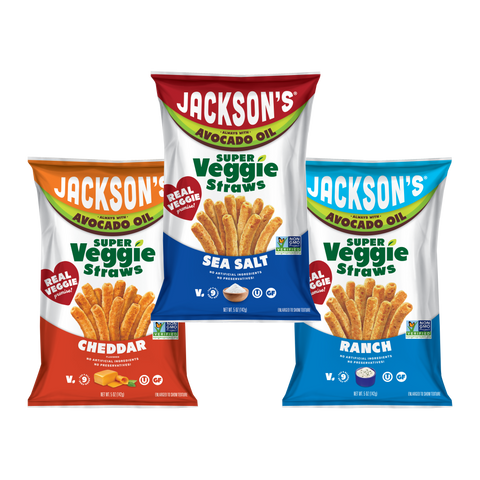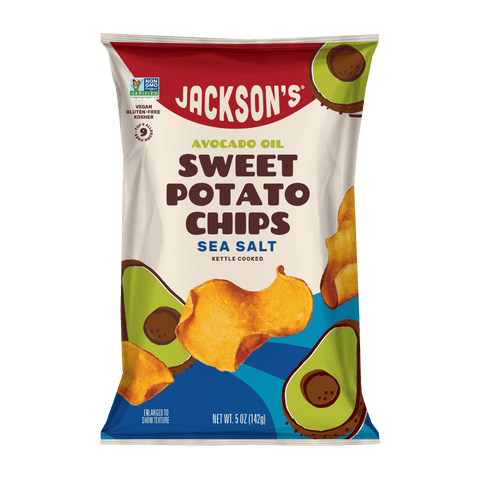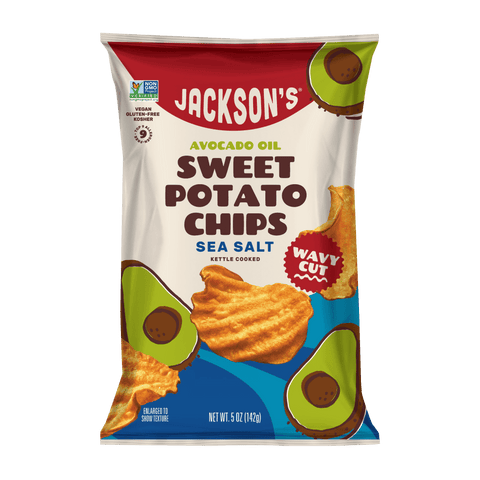Potato Starch: A Culinary Filler or Worthy Ingredient?

In the ever-evolving world of culinary ingredients, potato starch often takes a back seat to its counterparts, like cornstarch and flour. But what exactly is potato starch? Unlike potato flour, which utilizes the whole potato, potato starch is stripped down to its core, leaving it lacking in nutritional value. While it may serve as a cheap filler in many foods, it raises questions about its role in our diets. If you're curious to learn more about this oft-overlooked by-product and its implications in the kitchen, you’ve come to the right place.
Nutritional Profile of Potato Starch
Before diving into its culinary applications, let's take a peek at the nutritional profile of potato starch. It’s a good idea to understand what we’re working with here.
Calories and Macronutrients
Potato starch is mainly made up of carbohydrates, so it isn’t a significant source of protein or fat.
Potato starch is quite low in calories compared to many other thickeners. In fact, approximately 100 grams of potato starch contains about 355 calories, primarily coming from carbohydrates.
In terms of macronutrients:
-
Carbohydrates: 87%
-
Protein: 0.5%
-
Fat: 0.2%
Vitamins and Minerals
Potato starch doesn’t boast an impressive list of vitamins and minerals compared to whole potatoes, as most of the nutrients are lost during processing. It usually contributes small amounts of minerals like potassium and calcium.
Jackson’s snacks use whole ingredients such as non-GMO sweet potatoes as its main ingredient while other snacks like Sensible Portions Veggie Straws use the less nutritious potato starch as its main ingredient. Keep this in mind if you are a health-conscious consumer focused on nutrition.
Fiber Content
Potato starch is a resistant starch, which brings some benefits. Resistant starch acts like fiber in the gut, potentially improving digestive health and providing a slower release of sugars into the bloodstream.
Common Culinary Uses of Potato Starch
Now that we understand what potato starch is and its nutritional profile, let's explore some of its most common culinary uses.
Thickening Sauces and Soups
One of the most popular uses for potato starch is as a thickener. It dissolves easily in cold water and has a neutral flavor, making it suitable for sauces, gravies, and soups. Unlike cornstarch, which sometimes lends an undesirable slimy texture, potato starch gives a clear, glossy finish to your culinary creations.
Frying and Crisping
How about crispy foods? When used to coat proteins or vegetables, it produces a light and crispy crust. Simply dust your items with potato starch before frying for a solid crunch.
Baking Applications
Potato starch is commonly used in baking. If you're creating gluten-free treats or looking to add moisture to your baked goods, substitute a portion of flour with potato starch to achieve a more desired texture. It’s used for making cookies, cakes, and pancakes, ensuring they remain gluten-free for those with dietary restrictions.
Comparing Potato Starch with Similar Ingredients
Now, let's put potato starch side by side with some of its culinary competitors. Understanding how it stacks up against alternatives like cornstarch and potato flour can help you make an informed choice in the kitchen.
Potato Flour vs. Potato Starch
While potato flour is made from whole potatoes, dried and ground into a fine powder, potato starch is derived specifically from the starch component. This means potato flour retains some nutrients and has a heavier texture, making it better for recipes like bread and pancakes. Conversely, potato starch delivers lighter results, making it ideal for sauces and crisp coatings.
Cornstarch vs. Potato Starch
When it comes to thickening, cornstarch is probably the most recognized alternative. However, for those who are gluten-sensitive or trying to follow a gluten-free diet, potato starch is a viable substitute. Not only is it gluten-free, but it’s also less likely to form lumps in sauces and soups during cooking.
Arrowroot and Its Uses
Arrowroot is another popular alternative to potato starch. It's a gluten-free thickening agent derived from the arrowroot plant and works similarly to potato starch. It’s often considered more transparent and less starchy than potato starch, which may be preferred in certain delicate sauces.
Risks and Considerations
While potato starch has numerous applications, it's also essential to be aware of any potential downsides.
High Glycemic Index
Potato starch is rapidly digestible, leading to high postprandial glycemia, which can be a concern for individuals with metabolic disorders such as type 2 diabetes.
Possible Allergens and Intolerances
Although rare, some individuals might have allergies or intolerances to potatoes or starches in general. Always check labels and be cautious when trying new ingredients if you have known food sensitivities.
Overconsumption Effects
As with any dietary component, moderation is key. Overconsumption of potato starch can lead to digestive discomfort. If you're increasing the intake of resistant starch, allow your body time to adjust and consult a health professional if you have concerns.
Interactions with Medications
It's essential to be cautious if you're on specific medications, as certain formulations of modified potato starch can interact with medications, particularly those affecting blood sugar.
Health Benefits of Potato Starch
While we’ve touched on the risks, let's not forget the potential health benefits potato starch may offer.
Digestive Health Support
Resistant starch, found in potato starch, may enhance gut heEmalth by acting as a prebiotic. This means it essentially feeds the beneficial bacteria in our digestive system, promoting a healthy microbiome.
Gluten-Free Alternative
For those navigating a gluten-free lifestyle, potato starch is an appropriate alternative to wheat-based products.
Substitutes for Potato Starch
If you’ve run out of potato starch or want to try something new in the kitchen, here are some alternatives:
-
Arrowroot Powder: Light and neutral, it’s ideal for thickening.
-
Tapioca Starch: This sweet and slightly elastic starch is great for baking and frying.
-
Almond Flour: While denser, it can be used as a substitute in baked goods for added nutty flavor.
Conclusion
So there you have it! Potato starch may be a common ingredient found in many foods, but it often functions more as a filler than a valuable addition. While it might have some applications in thickening and frying, its nutritional drawbacks leave much to be desired. As you consider its role in your cooking, it’s essential to be mindful of any potential allergies and to recognize that there are often better alternatives available.
No Seedy Oils Here
Avocado Oil Goodness Meets Irresistible Flavor - No Seed Oils Here!
-

 8 Pack New Arrival!Variety Pack Super Veggie Straws in Avocado Oil 5oz (Pack of 8)
8 Pack New Arrival!Variety Pack Super Veggie Straws in Avocado Oil 5oz (Pack of 8)Variety Pack
Super Veggie Straws in Avocado Oil
- Size
- 5oz bags
- Regular price
- $35.99
- Sale price
- $35.99
- Regular price
-
$35.99 (Liquid error (snippets/product-price line 131): divided by 0 per bag) - Unit price
- per
-

 8 Pack Best SellerSea Salt Sweet Potato Chips in Avocado Oil 5oz (Pack of 8)
8 Pack Best SellerSea Salt Sweet Potato Chips in Avocado Oil 5oz (Pack of 8)Sea Salt
Sweet Potato Chips in Avocado Oil
- Size
- 5oz bags
- Regular price
- $35.99
- Sale price
- $35.99
- Regular price
-
$35.99 (Liquid error (snippets/product-price line 131): divided by 0 per bag) - Unit price
- per
-

 8 PackWavy Sea Salt Sweet Potato Chips in Avocado Oil 5oz (Pack of 8)
8 PackWavy Sea Salt Sweet Potato Chips in Avocado Oil 5oz (Pack of 8)Wavy Sea Salt
Sweet Potato Chips in Avocado Oil
- Size
- 5oz bags
- Regular price
- $35.99
- Sale price
- $35.99
- Regular price
-
$35.99 (Liquid error (snippets/product-price line 131): divided by 0 per bag) - Unit price
- per
-

 8 PackVariety Pack Kettle Chips in Avocado Oil 5oz (Pack of 8)
8 PackVariety Pack Kettle Chips in Avocado Oil 5oz (Pack of 8)Variety Pack
Kettle Chips in Avocado Oil
- Size
- 5oz bags
- Regular price
- $35.99
- Sale price
- $35.99
- Regular price
-
$35.99 (Liquid error (snippets/product-price line 131): divided by 0 per bag) - Unit price
- per






